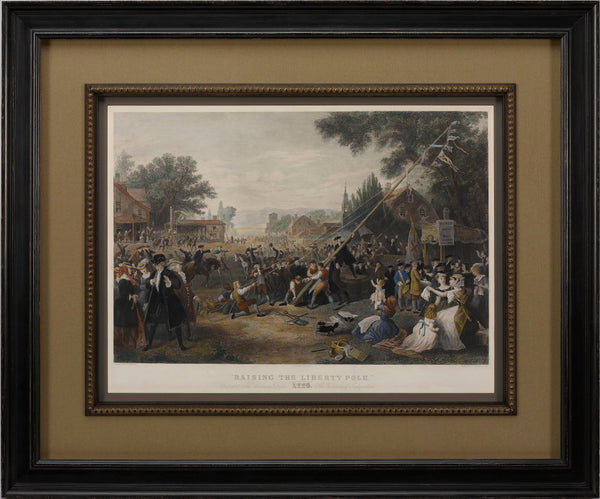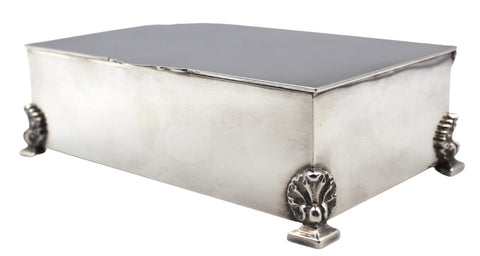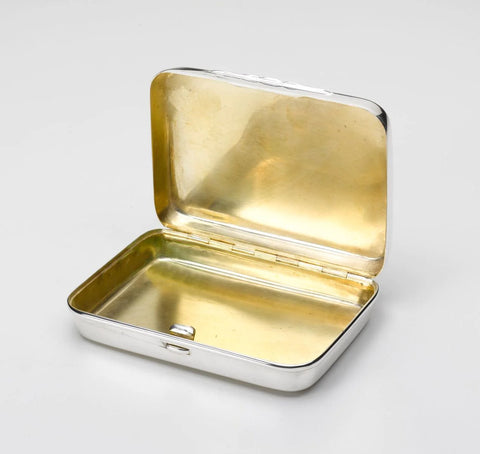Collecting Vintage Silver Keepsake Boxes
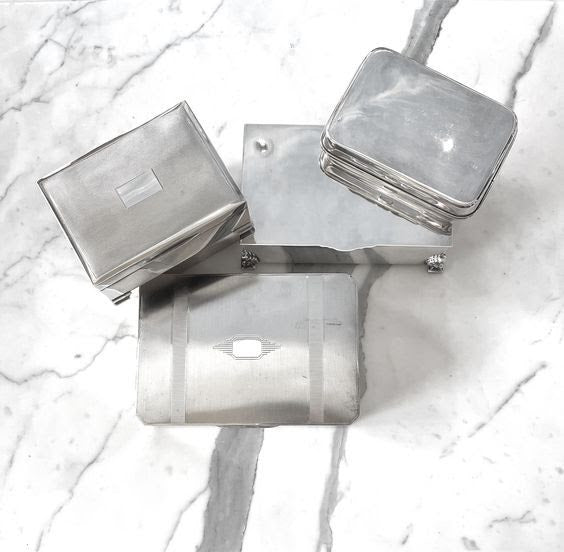
Trinket or jewelry keepsake boxes have taken on many forms since their first conception in ancient times. However their purpose remains the same; to store jewelry and other items precious to the owner.
Originally, these boxes were used specifically for jewelry. These were in common use as early as 5000 BC in Ancient Egypt, when the majority of Egyptians, both male and female, wore jewelry. Boxes were used to keep these gemstone-encrusted items safe. In Ancient Rome, rings and brooches were utilized to represent one's status in society. Boxes were needed for security and storage purposes. Finding early examples of these are quite rare.
Victorian and Edwardian examples of trinket boxes are far more common. This is because owning jewelry– let alone possessing so much a box was needed to store it all– was a luxury before the Victorian era. After the industrial revolution, fine jewelry became available to the masses due to the reduction in production costs. This led to a demand for trinket boxes, which were much smaller than jewelry boxes and therefore better suited to the needs of the middle class who did not yet possess an abundance of jewelry.
In Victorian households, collectables and other items of interest were also stashed inside these boxes. This is why they are known as trinket or keepsake boxes, rather than just jewelry boxes. Trinket boxes were produced in large numbers around this time. Many were lined with colored velvet or rich wood. More elaborate designs had interior divisions and trays for rings and other pieces of jewelry. It was also common to see trinket boxes so small that they could only contain one item, such as a single ring or bracelet.
The Edwardian era saw the introduction of new styles of trinket box. These included small circular or oblong boxes that stood raised on cabriole legs. These often featured lids made of tortoiseshell or other luxurious materials.
In the 1900s through the 1930's more streamlined and modern Art Deco styles became popular. Most of the keepsake boxes we have date from this era. To see our whole collection of vintage silver or silver-plated keepsake boxes, click here.Also in Blog
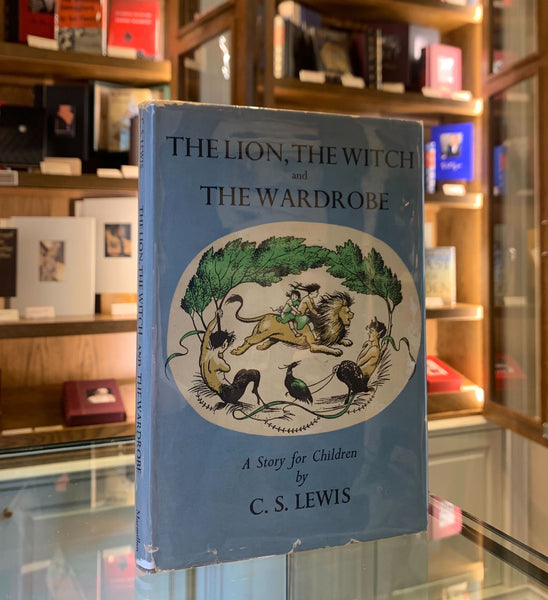
Creating the World of Narnia
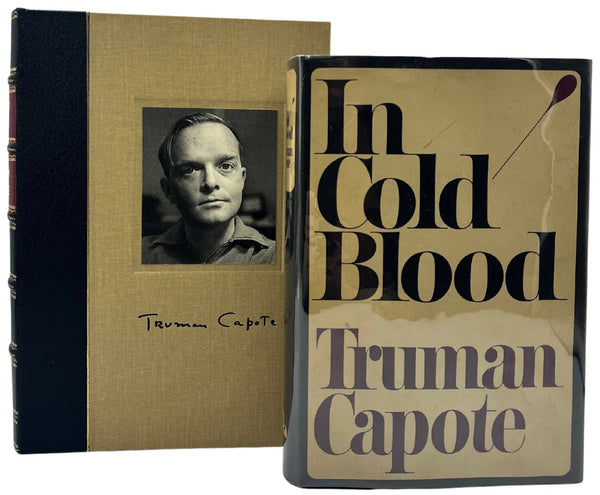
How Truman Capote Created The True Crime Genre
